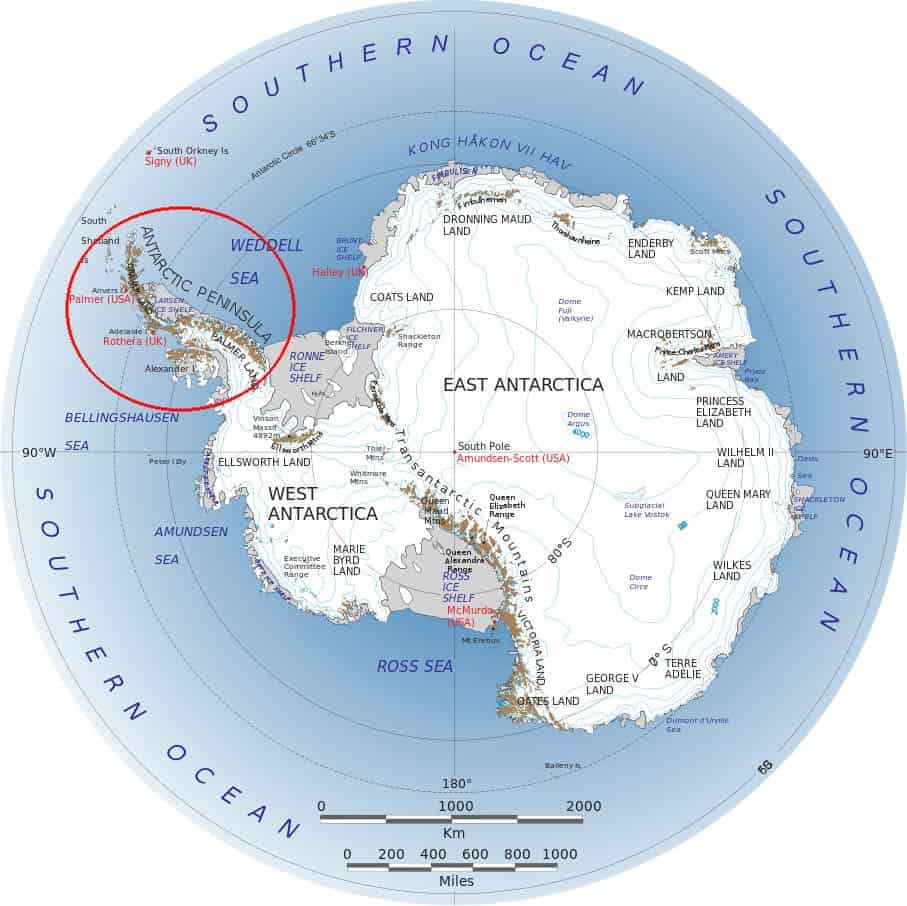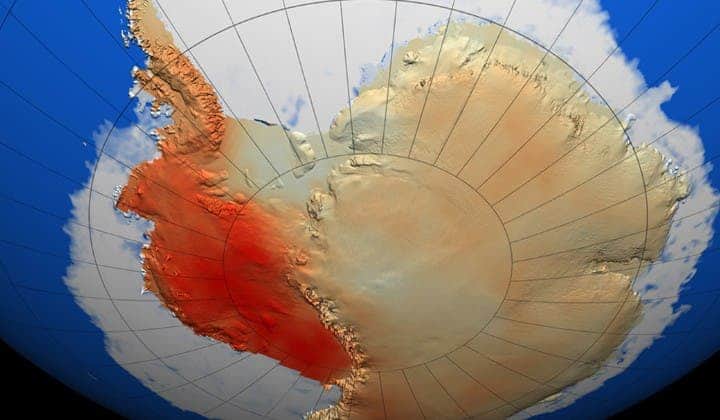Just a few days ago were telling you about a huge, 10,000 year old ice shelf that is set to collapse in less than 10 years and now… the same thing is happening again, a bit more to the south.

Things are heating up in Antarctica, where more and more ice seems to melt – and we’re talking huge chunks. Last week, scientists reported major damage to the Larsen C and Larsen B ice shelves, comparable in size to Scotland and Rhode Island respectively. But the bad news isn’t over just yet – researchers from the University of Bristol reported the retreat of a suite of glaciers farther south from Larsen B and C along the Bellingshausen Sea, in a region known as the Southern Antarctic Peninsula.
“The region changed from being quiet, in balance, to massive ice loss within a couple of years,” said lead author Bert Wouters of the University of Bristol. “This is quite surprising, a complete shift of the dynamics in the area. It shows that the ice sheet can react very rapidly to changes in its environment.”
They used satellite based and gravity measurements and found a significant structural destabilization which accounts for “a major fraction of Antarctica’s contribution to rising sea level.” The likely cause is water – warmer water reaching the base of submerged ice shelves and melting them bottom up.
Scientists were surprised by how fast this happened, way earlier than expected, and in a rather unstable area. The problem is not only that the glaciers rest on rock that is below sea level, but that they rest on downhill slopes, which adds further instability. The geometry of the rock, the way it dips, makes all the difference.

“It only needs to change position slightly for it to move quite rapidly, and for a sustained period, further inland,” Bamber continues. “That’s the theory behind the instability of these sectors of West Antarctica and the peninsula.”
What makes things even more worrying is that all these things are happening in tandem – warmer waters melting glaciers, cracking ice shelves, dropping ice levels… it all paints a pretty grim picture. It seems like the entire Antarctica area is under fire.
“This is one of now three really quite substantial signals that we’ve seen from different parts of West Antarctica and the Antarctic peninsula that is all going in the same way,” said Jonathan Bamber of the University of Bristol, one of the paper’s authors. The other two are the losses of ice in the Larsen ice shelf region — where glaciers have sped up their seaward lurches following past ice shelf collapses — and in West Antarctica.






